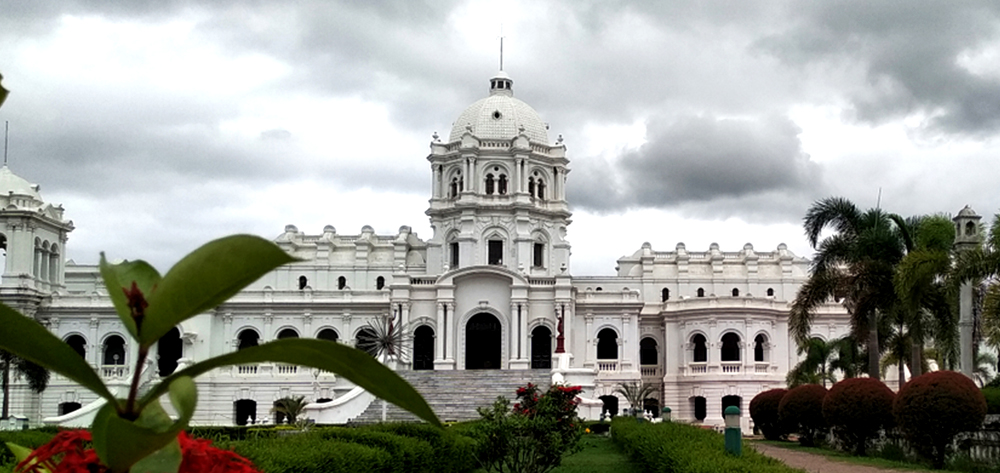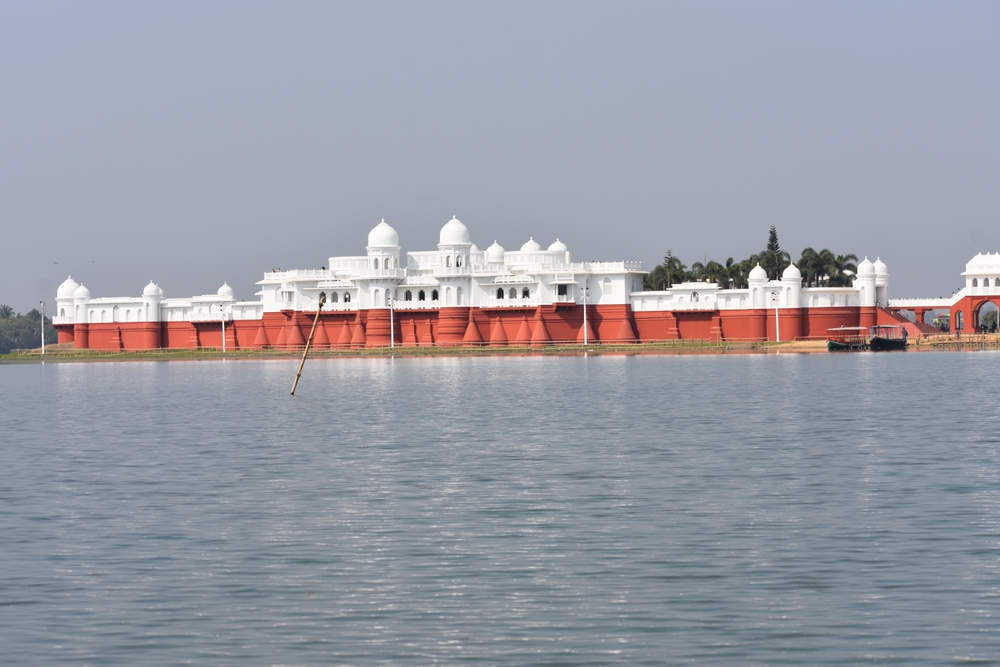- Feedback
- Sitemap
- Skip to Main Content
- Screen Reader Access
- A+ A A -
- A A
- Control Room No. - 9205949400, 011-26768950
Lifeline of Tripura becomes India’s gateway to the global East

Lifeline of Tripura becomes India’s gateway to the global East
The 371-km-long NH-8 that connects Karimganj in Assam to Sabroom in Tripura, has indeed become the lifeline for the latter as it is the only highway that connects the state with the rest of the country. Constructed by the National Highways & Infrastructure Development Corporation (NHIDCL), it passes through several important places crucial to the region’s socio-economic development. It runs through Patharkandi, Churaibari, Ambasa, Teliamura, Khayerpur, Agartala, and Udaipur before finally linking with the “Maitri Setu” on the India – Bangladesh border. The highway also serves as a major strategic link for the Indian defence forces, who use it to move heavy equipment and defence cargo to the border posts.
The highway has opened new trade and investment opportunities for outside investors in the region as it has firmly connected Tripura with the outside world, domestically and internationally. Tripura shares nearly 84% of its state boundary with Bangladesh, and as this highway connects with the Maitri Setu it will facilitate cross-border trade. Tripura is India’s second-largest rubber producer after Kerala accounting for 9% of the country’s total natural rubber production. The highway provides easy access both for evacuating raw rubber and refined rubber products out of the state. Moreover, proper road connectivity will also allow investors to invest locally in rubber-based industries generating local employment.
In addition to the rubber industry, the state is also the country’s fifth-largest tea producer and one of the largest producers of bamboo and cane products. Connectivity through the highway will facilitate in setting up of bamboo and cane products industries, where buyers can easily access the region for trade. Tripura is also the home to India’s third international internet gateway after Mumbai and Chennai, which allows ITeS players to invest in the Northeast enhancing local employment. The highway connectivity bodes well for Tripura and the entire Northeast region’s trade future, as it will allow the seamless and uninterrupted flow of communication and trade network. Last year, the Bangladesh government announced four transit and transshipment routes for Tripura – Akhaura – Agartala, Mongla Port- Akhaura Agartala, Chittagong Port Bibirbazar – Srimantapur and Mongla Port- Bibirbazar Srimantapur.  The four routes will facilitate easier and faster transport of cargo using the highway, which will reduce costs and increase trade efficiency in the entire region. The northeastern region though always had huge trade potential but languished in the past due to a lack of durable and all-weather roads. Still, the highway comes as a great value addition to the region’s economic growth potential.
The four routes will facilitate easier and faster transport of cargo using the highway, which will reduce costs and increase trade efficiency in the entire region. The northeastern region though always had huge trade potential but languished in the past due to a lack of durable and all-weather roads. Still, the highway comes as a great value addition to the region’s economic growth potential.
Apart from the trade and commerce opportunities that the highway provides, travellers will also get easier access to explore the exotic locations along the highway. Beginning from Karimganj in Assam, nature lovers can view the breathtaking beauty of the Chhatachura Range and the Badarpurghat Fort built by the British during colonial India. Some of the major attractions in Agartala, the capital city include the Ujjayant Palace, Neer Mahal, Sephijala WildLife Sanctuary, and Gumti Wild Sanctuary.







